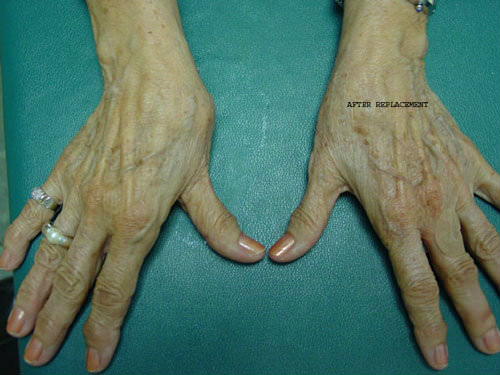This type of injury occurs when the bones in one of your finger’s middle joints become dislodged.
Your finger will not move correctly, becomes bruised and swollen and causes extreme pain. If your joint is pulled or torn, the result may be a sprain. The symptoms include:
- Bruising
- Loss of function
- Swelling
- Severe pain in your finger joint
- Disfigurement
The most common causes of a PIP finger joint sprain are a direct injury to your hand. This can occur during a sports game, a fall or when your finger is twisted. Most of the treatments do not require surgery including applying ice, realigning your bones and a cast or splint. You may be prescribed medication for both pain and inflammation. You can use a splint when performing specific types of activities to treat your sprain. The most common procedure is taping your finger to the one adjacent.
When you dislocate your joint, you need to have it reset immediately. Your best option is going to an emergency room. You will need to follow-up with a hand surgeon as soon as possible. The good news is the chance of needing surgery is rare. Once your joint has been correctly positioned, you should heal naturally. The exception is a consistently unstable fracture of your PIP joint. In this instance, you will require surgery.
The type of surgery you will require is dependent on the extent of your injury. The less invasive option involves the placement of pins. If your injury is severe, an open incision may be required to reset your fracture. Screws will be used for stabilization. The worst scenario is transplanting bone to reconstruct your damaged fragments of bone.








